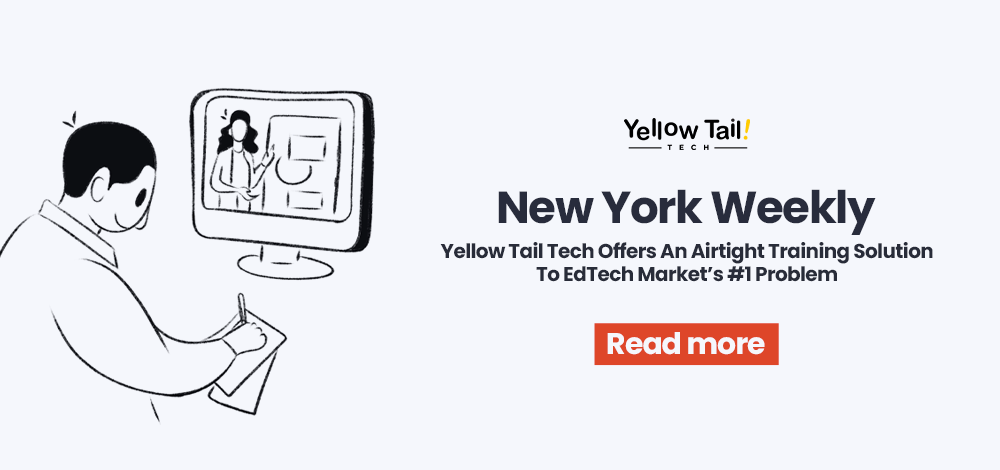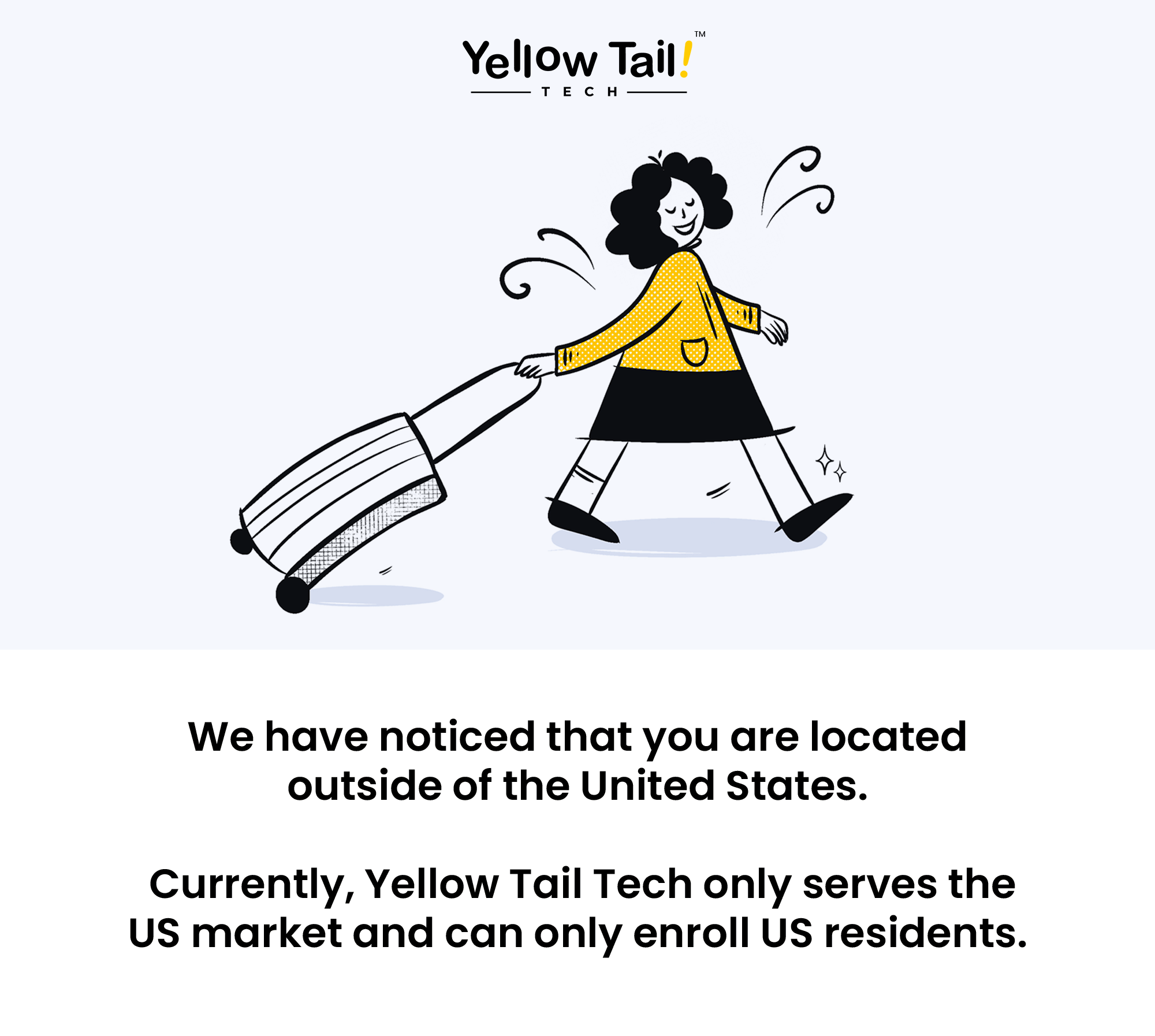
As artificial intelligence continues to become an integral part of how we work, learn, and communicate, concerns about excessive screen time and digital fatigue are mounting. With the average person spending over six hours per day online, the introduction of ChatGPT 4.1 features arrives at a pivotal moment, one where the balance between productivity and well-being is more important than ever.At Yellow Tail Tech, where we prepare aspiring IT professionals for the demands of remote and cloud-based roles, we’re always on the lookout for innovations that support not only technical growth but also user health. That’s why we’re excited to highlight how ChatGPT 4.1 features designed to help users better manage their time, energy, and mental focus.
The Problem: Screen Time and AI Interaction
The rise of AI tools, such as ChatGPT, has coincided with a steady increase in time spent online. According to Statista, the average global internet user now logs nearly 7 hours per day in front of a screen—and that’s just for personal use.
These numbers come with consequences:
- Cognitive overload from non-stop input
- Loss of focus due to constant interaction
- Digital fatigue and unhealthy reliance on tools meant to help
As AI tools grow more engaging and intelligent, tech companies must shift from simply enabling productivity to actively promoting healthy usage.
Key ChatGPT 4.1 Features Supporting Healthier Screen Time

OpenAI’s latest upgrade introduces a suite of features intentionally crafted to encourage smarter and healthier use of AI.
A. Break Reminders
One of the most straightforward—but much-needed—additions is the break reminder system.
- Activated after prolonged continuous interaction (user-set time intervals)
- Customizable messages that can be calm, humorous, or motivational
- Encourages users to step away from the screen, hydrate, stretch, or breathe
This nudge works like a wellness coach built into your AI workflow, helping prevent mental strain from long sessions.
B. Mental Health Detection and Adaptive Responses
ChatGPT 4.1 now includes emotional-awareness enhancements that detect potential signs of stress or fatigue based on user language.
- Recognizes expressions of overwhelm (“I’m exhausted,” “I can’t focus”)
- Adjusts tone to be more empathetic and calm
- Suggests journaling, short breaks, or mindfulness techniques like breathing
While not a substitute for professional support, this subtle detection encourages emotional check-ins and creates space for self-care.
C. Session Summaries
Sometimes, conversations stretch longer than intended. With 4.1, users now receive session summaries to help them reflect and wrap up.
- Summarizes key takeaways from the session
- Acts as a natural “end point” to avoid endless scrolling
- Reinforces purposeful engagement with the AI
It’s a great fit for students or professionals working on projects who want to close each session with clarity and direction.
D. Goal-Oriented Interaction Mode
This feature lets users define intentional limits before a session begins.
- Set goals such as “Research for 20 minutes” or “5 design ideas”
- ChatGPT gently notifies users when they’re nearing or exceeding the goal
- Fosters mindful interaction rather than passive scrolling
It’s a productivity-friendly way to keep your AI usage aligned with your real-world priorities.
E. Gentle Nudging Language
When users become emotionally invested or locked in repetitive queries, ChatGPT now responds with reflective and supportive language.
- Suggests breaks or rephrasing rather than endlessly continuing
- Designed to de-escalate anxiety loops and reduce dependency
- Encourages self-reflection and real-world problem-solving
These small shifts promote better mental health and help users become more intentional about when and why they turn to AI.
Why These Features Matter
These improvements align with a growing movement toward digital wellness, inspired by tools like Apple’s Screen Time and Google’s Digital Wellbeing. With more people working remotely or studying online, promoting healthier screen habits is no longer optional—it’s essential.
ChatGPT 4.1 features are especially helpful for:
- Students, who can get caught in study rabbit holes
- Professionals, managing deadline stress and screen fatigue
- General users, who rely on AI for everything from brainstorming to emotional support
By adding just a bit of friction to encourage reflection and rest, these features empower users to build boundaries in an always-on world.
User Reactions and Early Feedback
Initial feedback has been largely positive, especially among users who frequently use ChatGPT for long work or study sessions.
“The break prompts are surprisingly effective. It’s like a digital friend reminding me to take care of myself,” shared one early tester.
“I didn’t expect the session summary to matter, but it helped me stop doom-scrolling through ideas and actually move on to execution,” said another user.
Some feedback suggests the need for deeper integration, like syncing break reminders with Google Calendar or integrating adaptive tone shifts into mobile notifications. OpenAI has signaled that it’s listening and open to iterative improvements.
What This Signals for the Future of AI and Mental Health
The launch of ChatGPT 4.1 features marks a broader shift in how we build and use AI. It’s not just about productivity anymore—it’s about protection and sustainability.
This update sets the stage for future tools, such as:
- Sleep-optimized modes that encourage logging off after dark
- Emotion-responsive UIs, tailoring interaction styles based on user moods
- Distraction-blocking features, ideal for deep work or creative focus
As AI becomes more personalized, developers are beginning to ask: How can we help people thrive, not just get things done?
A More Mindful Way to Use AI
In the end, ChatGPT 4.1 features are a step toward building AI that works with us, not just for us. The goal isn’t to limit potential—but to protect well-being while tapping into it.
At Yellow Tail Tech, we support tools and platforms that empower users to stay healthy, productive, and in control. Whether you’re studying IT online, working remotely, or just curious about tech, smarter AI usage starts with features like these.
To learn more about mindful tech use and how we’re helping shape the next generation of digital professionals, book a 10-minute intro call with us.
Frequently Asked Questions
- Do these features replace other wellness tools?
They complement, not replace, other digital wellness solutions like Apple Screen Time or Google Digital Wellbeing. - Is this update only for professional users?
No. It’s designed for anyone—students, remote workers, creatives, or casual users—who want to be more intentional with AI use. - Will future ChatGPT updates expand on these wellness tools?
Likely. OpenAI has hinted at adding features like sleep-friendly modes and deeper integration with calendars and focus tools.






